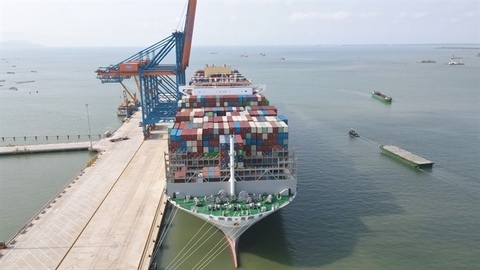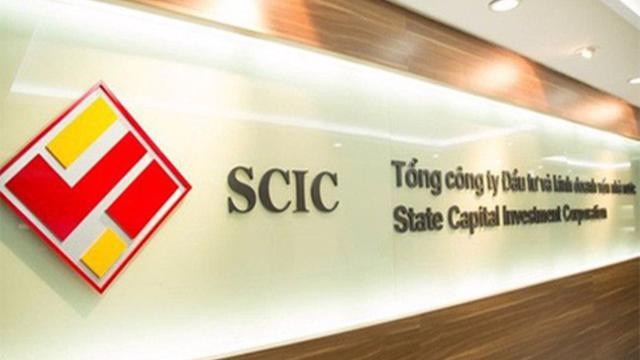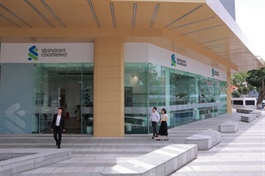Ministry proposes 10 per cent increase for container handling fees
Ministry proposes 10 per cent increase for container handling fees
The Ministry of Transport, in a recent draft circular, proposed a 10-per-cent increase in container handling fees, aimed at assisting seaport companies in acquiring more resources to improve service quality and for reinvestment.

Gemalink Port, Cái Mép - Thị Vải, Bà Rịa - Vũng Tàu Province. Việt Nam’s container loading and unloading charges remained lower than the regional average. — VNA/VNS Photo |
According to the Việt Nam Maritime Administration (Vinamarine), Việt Nam currently has two deep-water seaports, Lạch Huyện and Cái Mép – Thị Vải, which are capable of receiving large tonnage container ships and competing with other ports in the region. There are also direct routes from these seaports to the EU and US markets, which help save time and costs for freight owners and ship owners.
However, Việt Nam's container loading and unloading charges remain lower than the regional average. Vinamarine's statistics show that the loading and unloading charges at deep-water seaports in Việt Nam are equivalent to just 59 per cent of those in the ASEAN region and neighbouring countries, and 85 per cent of Phnompenh Port, Cambodia – an inland port with a lower investment value.
Increasing container handling fees, a major part of terminal handling charges (THCs), is reasonable to help ports secure resources for reinvestment, expansion, and enhancing service quality, according to Vinamarine.
Under the draft, the floor THCs for deep-water seaports would increase to US$57 for the floor fee and $66 for the ceiling fee per 20-foot container. The proposed rates for 40-foot containers are $85 and $98, respectively.
To encourage the use of clean fuel, the ministry also proposed that ports which use clean fuel, supply shore power to ships, or participate in the international green transport corridor could apply fees 10 per cent higher than the regulated levels.
An additional increase of 10 per cent would also be granted to ports which could accommodate container ships of 160,000 DWT.
The draft elicited mixed opinions because THC was a major source of revenue for seaport companies, accounting for around 60-70 per cent.
Trần Khánh Hoàng, Deputy President of the Việt Nam Seaports Association, stated that with the increases in container loading/unloading charges, ports would need to invest more in enhancing service quality and infrastructure. He emphasised the importance of promoting the application of information technology to boost efficiency and reduce costs.
Vinamarine opined that the increase of 10 per cent was justifiable. If the draft was sanctioned, the THCs of ports in Việt Nam would still be 30-35 per cent lower than the region’s average, ensuring competitiveness.
Hoàng noted the importance of regularly reviewing THCs for prompt adjustments, rather than once every 5 years as is currently the case.
Phạm Quốc Long, President of the Việt Nam Ship Agents, Brokers and Maritime Services Providers Association, believed there was scope for THCs to be augmented by 15-20 per cent.
The proposal to raise container loading/unloading charges was also presented in 2022. However, the Government opted not to consider adjustments that year due to concerns about potential impacts on production and business, particularly in the aftermath of the pandemic.




























